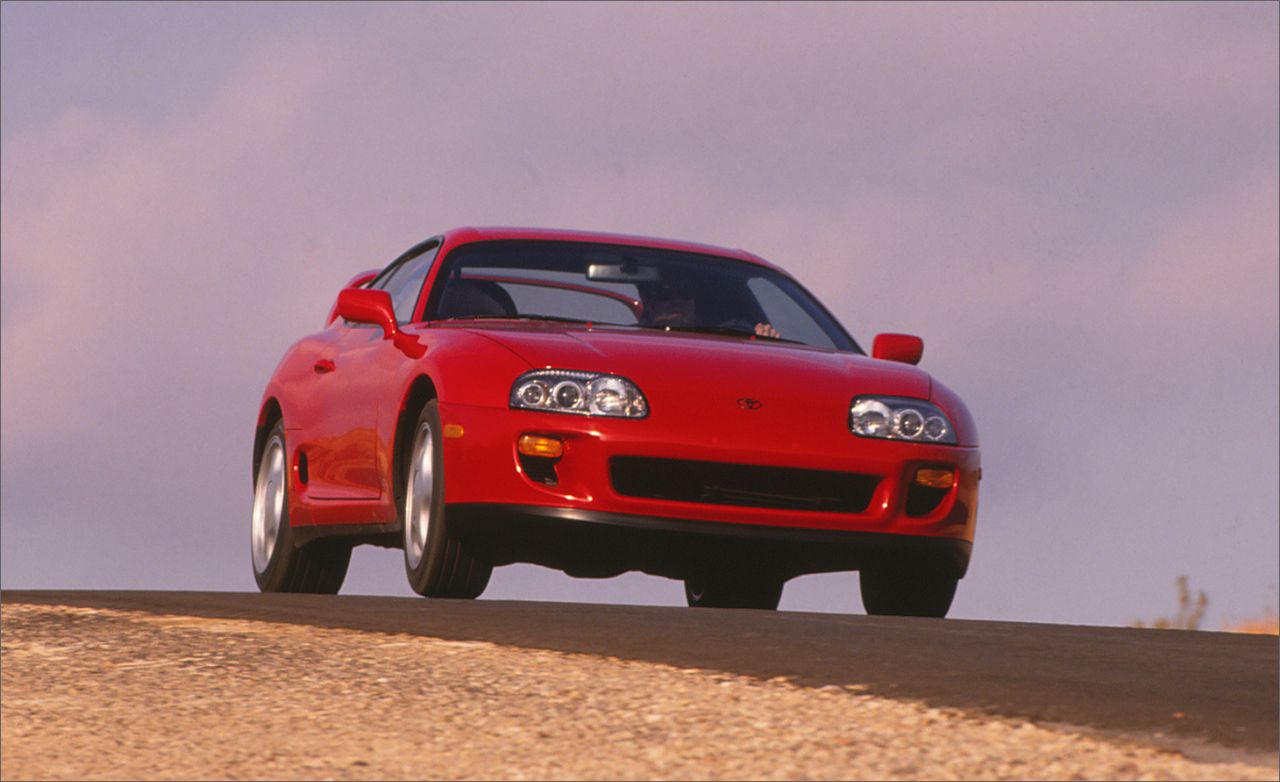

- TOYOTA SUPRA MK4 HORSEPOWER DRIVER
- TOYOTA SUPRA MK4 HORSEPOWER MANUAL
- TOYOTA SUPRA MK4 HORSEPOWER UPGRADE
Plus, the Turbo was not available as a 1998 model year in California Air Resources Board (CARB) states due to emissions laws. If you’re wondering why this beautiful vehicle was discontinued, in the late 1990s, it’s because sales of all sport coupes were declining in North America. For comparison, the factory twin-turbo model could hit 60mph in 4.6 seconds and cover the 1/4-mile in 13.1 seconds at 109 mph. The vehicle you see above is generating a staggering 1,239 hp and 826 lb-ft of torque, thanks to massive engine upgrades, which we assume includes larger turbochargers. One auto enthusiast from the Netherlands decided to take things to a whole new level. It was offered with two engines: the 2JZ-GE producing 220 hp and 210 lb⋅ft of torque as well as a twin turbocharged 2JZ-GTE variant boasting 321 hp and 315 lb⋅ft of torque. This led to the gradual deterioration and the eventual withdrawal of the Supra from the Canadian market in 1996 and the US market in 1998.The fourth-generation (A80) Toyota Supra MK4 built upon its predecessors and wanted to classify itself as a high-performance car. Sales of the sport coupé were already on the decline in North America by the late '90s. The 2JZ, due to its design, is stable as Toyota employed a solid deck that eliminates cylinder shifting that's very common in open-deck designs and coupled with the even weight distribution, this made the engine a tuners delight and made it possible to be tuned up to generate monstrous power and also made it feasible for the engine to handle horsepower running into four digits without bursting or cracking.
TOYOTA SUPRA MK4 HORSEPOWER DRIVER
The turbocharged variant has a 0 – 60 mph time of 4.6 seconds, and according to Car and Driver magazine, its top speed is 160 mph, but there is a limit of 112 mph on the Japanese variant and 155 mph on the export variant.
TOYOTA SUPRA MK4 HORSEPOWER UPGRADE
This upgrade increased the power output to 321 HP at 5,600 rpm and 315 Ib-ft of torque. They got a bigger fuel injector and a more powerful turbocharger. The 2JZ-GTE is a more common sibling for the export version than the 2JZ-GE, only available in 1993 to '98 Supras and on Lexus like the IS300, GS300, and SC300. The engine has a power output of 164kW (220 HP 223 PS) at 5,800 rpm and 210 Ib-ft of torque, while the twin-turbocharged Toyota 3.0-liter 2JZ-GTE has a power output of 206 kW (276 HP 280 PS) and 318 Ib-ft of torque during the export version boast of more power.
TOYOTA SUPRA MK4 HORSEPOWER MANUAL
The Mark IV Toyota Supra turbo model got a new six-speed Toyota V160 gearbox, while the regular model was equipped with a five-speed manual W58 transmission.įor the Japanese model, the naturally aspirated Toyota 2JZ-GE engine, which is the engine found on the base model of the A80 from 1993 until it was discontinued with the Supra in 2002 and was also found in the Toyota Aristo.

The turbo model, however, weighs over 200 lbs more than the base model. The A80 has a 51: 49 (front-rear) weight distribution ratio. However, the automatic transmission and the Targa top would add 95 Ibs to the weight. The regular model with a manual transmission weighed 3,210 Ibs. Other components where Toyota used lighter materials include the gas tank and lid, which were made of plastic, hollow carpet made of fibers, magnesium-alloy for the steering wheel, dished-out head bolts, gas injected rear spoiler, and a single exhaust pipe.Īlthough the A80 got more features than its predecessors, like traction control, an additional airbag, and it also had larger brakes, tires, and wheels, an extra turbocharger, and also because the engine of the A80 has more weight than that of its predecessors, yet it was around 198 lbs lighter than the A70.

The Targa top, hood, front cross member, forged upper suspension A-arms, oil, and transmission pans were made out of aluminum. Due to the speed and serious performance being given a top priority, many measures were taken to get more out of the engine, and one of them was a deliberate reduction of the overall weight of the car. The engine had serious power and was almost limitless, and this gave it massive popularity among gearheads and tuners. The 2JZ-GTE is based upon a 3.0-liter, inline-six, cast-iron short-block engine with an aluminum head and was potent enough to get all the sports cars of the time on their toes, especially if a tuner had had a look in. The Mark IV Toyota Supra was offered with two different engine options a naturally aspirated 2JZ-GE, 3.0 litre, straight 6 with 220 horsepower and 210 ft/lbs of torque, and a 2JZ-GTE 3.0 litre twin. The first Toyota Supra's appeared in Japan in 1978, and production continued until 2002, with the car undergoing three major revisions culminating in the Mk IV twin turbo Toyota Supra of 1993 - 2002. The two new engines the A80 featured were the naturally aspirated Toyota 2JZ-GE and a twin-turbocharged Toyota 2JZ-GTE, which is still highly treasured today. Sports Cars> Mk4 Toyota Supra Twin Turbo.


 0 kommentar(er)
0 kommentar(er)
